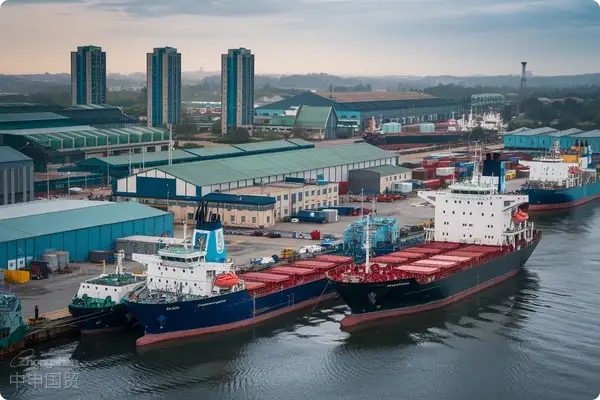- Shanghai Zhongshen International Trade Co., Ltd. - Two decades of trade agency expertise.
- Service Hotline: 139 1787 2118

Comprehensive Overview of Import Equipment Taxes and Fees
In equipmentImport RepresentationIn business, tax costs often account for 25%-40% of the total value of goods. In the latest tariff implementation plan for 2025, adjustments involve 137 tariff items related to mechanical and electrical equipment. Professional.foreign tradeThe service agent must accurately control the following tax elements:
Analysis of Core Taxes
- Tariff
- Basic tariff rate: Determined based on HS code (average tariff rate for electromechanical products in 2025 is 7.8%)
- Preferential tax rate: Free Trade Agreement rate (as low as 0% under RCEP).
- Calculation formula: CIF price × applicable tax rate
- Value - added Tax
- Standard rate: 13% (to remain stable until 2025)
- Special Policy: Staggered Payment of Import Value-Added Tax for Major Technical Equipment
- Calculation formula: (CIF price + tariff + consumption tax) × 13%
- Consumption Tax
- Scope of involvement: specific energy equipment, environmental protection equipment
- Tax rate range: 1%-10% (floating based on equipment energy efficiency level)
Key Points of the 2025 Tax Policy Reforms
- Semiconductor manufacturingEquipment ImportsThe tariff reduction and exemption will be extended until 2027.
- New energyThe VAT credit refund ratio for automobile production equipment has been increased to 120%.
- Used equipment imports requireThird - party test report(New requirements for 2025)
- Cross-border E-commerceThe B2B equipment import is applicable to the "simplified declaration" policy.
Four-Step Compliance Operation Method
- Commodity classification verification
Case: A company imported a "smart sorting system" originally declared under HS code 84289000 (8% tariff), which upon review should be classified under 84312000 (5% tariff).
- It is recommended to verify through the following methods:Clear management
Under RCEP, both the declaration of origin and the proof of circulation must be submitted simultaneously.
- Declaration of Duty-Paid Value
Royalties and transportation insurance costs must be fully disclosed.
- Tax review mechanism
It is recommended to establish a three-tier verification process of "declaration - review - audit."
Typical Scenario Tax Calculation
A certain enterprise imports precision machine tools (HS84581000) manufactured in Germany:
- CIF price: €500,000
- Most-Favored-Nation (MFN) Tariff Rate: 9% / RCEP Agreement Tariff Rate: 6.5%
- VAT: 13%
- Total tax difference: €500,000 × (2.5% + 13% × 2.5%) = €16,125
Warnings about Common Misunderstandings
- Confusing the tax rates for complete equipment and components (e.g., a 5% tariff for complete industrial robots, while an 8% tariff for imported reducers separately).
- Neglecting the urban construction tax and education surcharge on import links (10% of the actual paid value-added tax).
- Incorrect Application of Free Trade Agreements (Cross-Comparison of China-South Korea and RCEP Tariff Rates)
Related Recommendations
? 2025. All Rights Reserved. Shanghai ICP No. 2023007705-2  PSB Record: Shanghai No.31011502009912
PSB Record: Shanghai No.31011502009912










